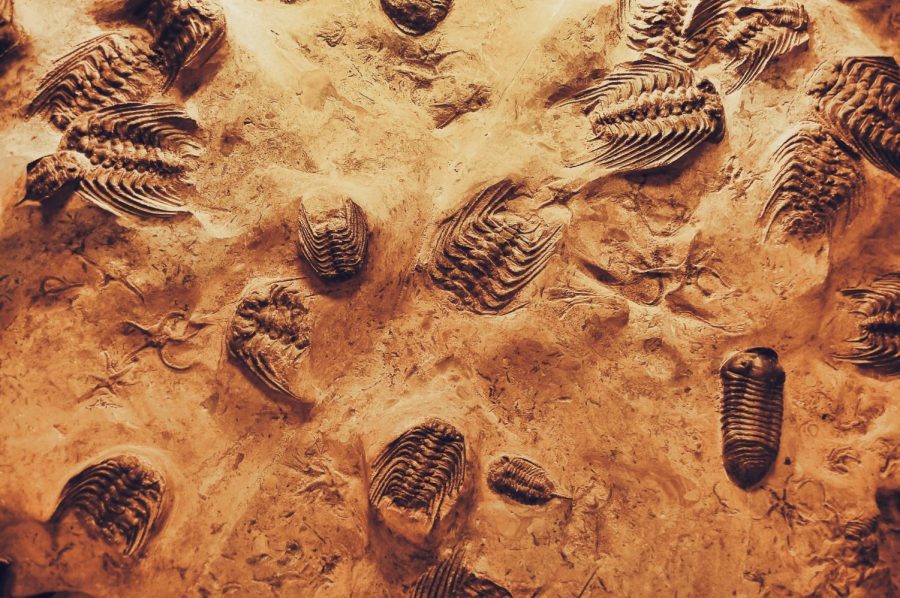Photo by Alejandro Quintanar from Pexels
The sixth mass extinction is happening right now. The current mass extinction, a short period of geological time where biodiversity die out, can be blamed on humans.
Sixth mass extinction
After years of studying earth’s five past mass extinctions, humans are currently causing the sixth.
A mass extinction is defined as a short period of geological time where biodiversity, or species, die out.
The last of which occurred 65.5 million years ago and decimated the dinosaurs. All of these events have been driven by phenomena like sudden shifts in air quality or asteroids altering the climate. But the current extinction is driven by human activity through unsustainable use of land, water, energy use, and climate change.
While greenhouse gas emissions are causing global temperature rise, where and how food is being produced still incites the biggest threat to the ecosystem. Big agriculture is responsible for 80% of deforestation and 70% of freshwater use. This threatens important ecological functions on earth, inhibiting species to carry out their services like providing clean air, water, and soil for food production. All species are interconnected, so if one species is affected, then a chain reaction will run down the entire food web.
Declining species populations is an indicator of an ecosystem downturn. Earth is losing life sustaining biodiversity 1,000 to 10,000 times higher than the natural rate, threatening the stable climate, predictable weather patterns, and productive farmland. A new study notes that three quarters of animal species could disappear in the next 300 years. The average natural rate of extinction was less than two species every million years. In the last 500 years, 80 out of 5570 mammal species have disappeared, a rate faster than all previous mass extinctions.
Human overpopulation and overconsumption, distinctly by the rich, are major contributors to the current biological annihilation. Luckily, there is still enough time to turn these actions around and solve some of the problems we have created. We reinforce our commitments to reducing carbon emission and capping global warming at 1.5 degrees celsius with the Paris Agreement. America the Beautiful initiative has come up with a 30 by 30 plan that aims to conserve 30% of US lands and waters by 2030. Congress can support the Build Back Better plan which includes the largest federal investment in clean energy. The UN Biodiversity Conference can strengthen the US role alongside nearly 200 other countries to agree to global goals and how to implement and finance them. Lastly, grassroots action can help conserve nature and shift corporate behavior with consumer decisions and demanding action from political officeholders.
